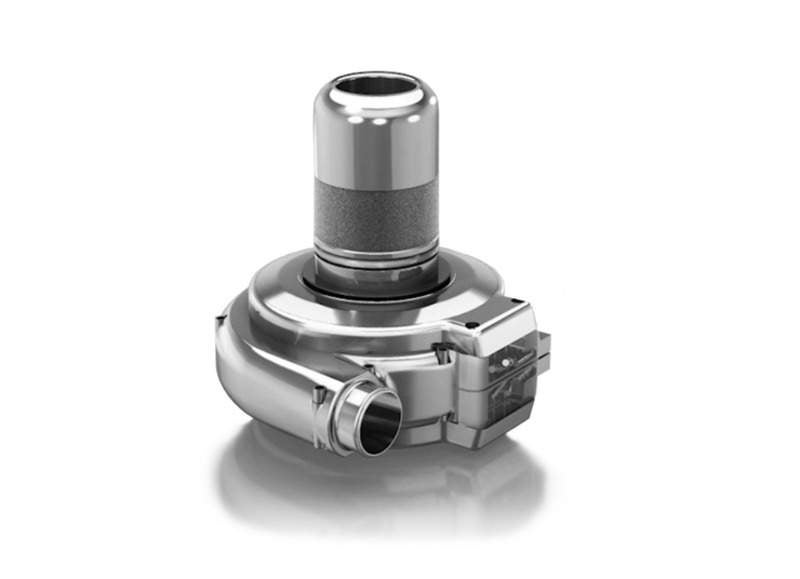
Medtronic has received US Food and Drug Administration (FDA) approval for the less-invasive implantation procedure of the left ventricular assist device (LVAD) called HeartWare HVAD System intended for advanced, refractory heart failure patients.
The new approach involves implant of the HVAD System through thoracotomy, where a small lateral, surgical incision is made between the patient’s ribs on the left side of the chest.
Commonly, an LVAD is implanted during a surgical procedure called sternotomy, which requires a vertical incision down the middle of the chest.
FDA approval comes after reviewing findings from the LATERAL prospective clinical trial conducted at 26 US and Canada sites in 144 subjects with end-stage heart failure and eligible for heart transplant.
Medtronic Heart Failure business vice-president and general manager David Steinhaus said: “The thoracotomy approach showed significant improvements in patients’ quality of life and functional capacity, supported by strong safety and effectiveness data from the study.
“Further, the added flexibility for implant approach offers a unique advantage of the HVAD System.”
The LATERAL trial met its primary endpoint of non-inferiority of the HVAD implanted via thoracotomy, with 88.1% of subjects experiencing survival at six months being free from disabling stroke, device explant or exchange due to malfunction.
In addition, the key secondary endpoint demonstrated a decrease in total hospital stay duration, from an average of 26.1 days to 18 days.
Data further revealed that overall survival among patients who received an HVAD through the thoracotomy approach was 88.8% at one year.
LATERAL trial principal investigator Edwin McGee said: “We have demonstrated that a thoracotomy is a safe and effective implant technique for the HVAD System, which gives physicians added flexibility in treating a broad range of patients.”
In the US and Europe, the HVAD System can be implanted via both thoracotomy and sternotomy in heart failure patients as a bridge to cardiac transplantation.



